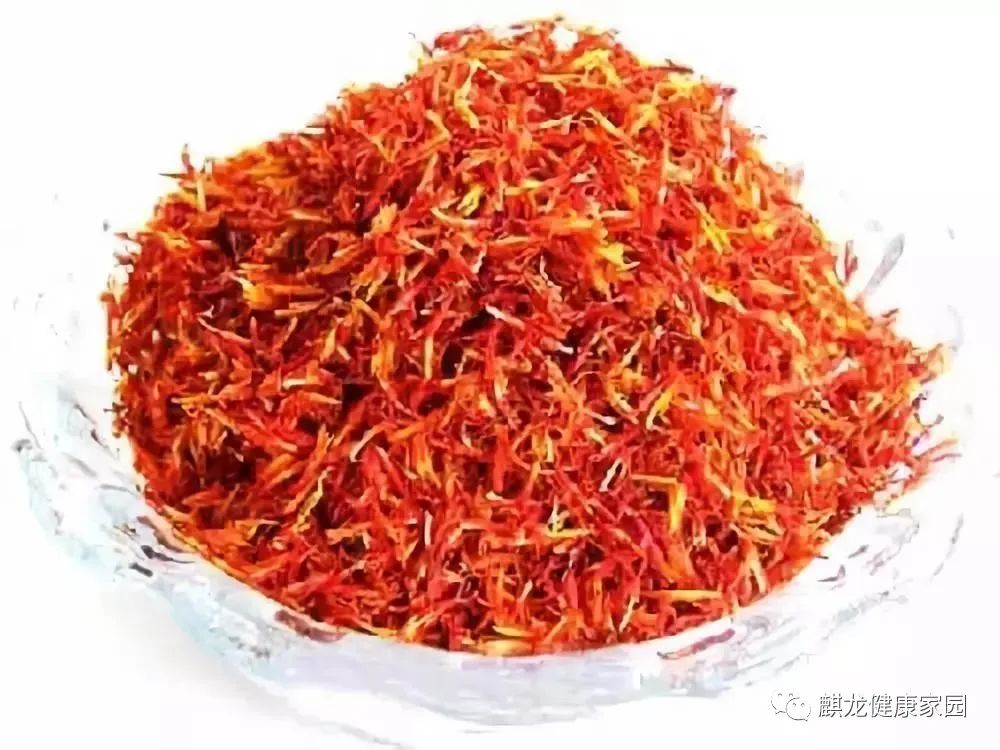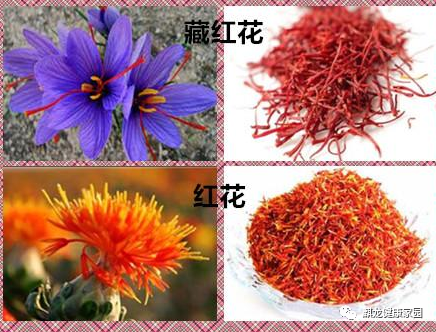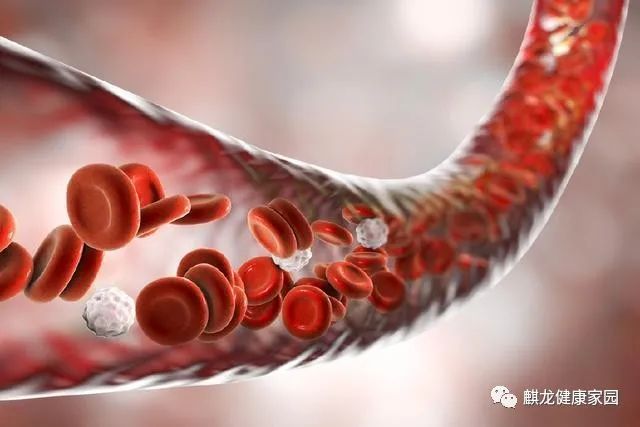

Safflower (Honghua), also known as Carthamus tinctorius, is the dried tubular flower of a dicotyledonous plant in the Asteraceae family, with the best quality characterized by long petals, bright red color, and soft texture. Safflower is a common herb used for invigorating blood circulation, regulating menstruation, removing blood stasis, and relieving pain. The variety known as 藏红花 (Zang Honghua) was historically introduced from Tibet and has slightly stronger medicinal properties than the common safflower.
Chemical Composition
The main active components of safflower include safflower yellow pigment, safflower glycoside, safflower polysaccharides, and glucosides. It also contains an oil known as safflower oil, which is a glyceride of palmitic acid, stearic acid, arachidonic acid, oleic acid, linoleic acid, and linolenic acid.

Properties and Taste
Safflower is warm in nature, has a pungent taste, and is associated with the Heart and Liver meridians.
Functions and Indications
Safflower has the effects of invigorating blood circulation and relieving pain. It is primarily used for conditions such as dysmenorrhea, amenorrhea, postpartum blood stasis, abdominal pain due to blood stasis, chest pain, blood stasis accumulation, contusions and sprains, joint pain, stroke paralysis, and purpura.

Contraindications
It is contraindicated for pregnant women, individuals with bleeding disorders, and those with excessive menstrual bleeding. (The medicinal effects of herbs are for informational purposes only and should be used under the guidance of a qualified physician or pharmacist. Self-medication is not recommended.)(All images and content are sourced from the internet.)Recommended reading: What is fasting? Why fast? Confucius’ thoughts and ten types of cured meats.
(The medicinal effects of herbs are for informational purposes only and should be used under the guidance of a qualified physician or pharmacist. Self-medication is not recommended.)(All images and content are sourced from the internet.)Recommended reading: What is fasting? Why fast? Confucius’ thoughts and ten types of cured meats.

